Creator of memories
After decades of designing hotels, interior designer Tony Chi wants to build homes with heritage

FOUR YEARS SINCE HE STEPPED down from running his eponymous studio, renowned interior designer Tony Chi is still as busy, if not even more so than before.
On a typical Friday, he might be hiking in Taiwan, or if he is in Europe, driving to Portugal or to the south of France. He has homes in Taipei, Madrid, Buenos Aires and New York, and shuttles between them, depending on the time of the year.
His Taipei home, which serves as a base when he needs to be in Asia, became a sanctuary for him when he couldn’t travel during the pandemic.
“I work a little on Tuesdays, Wednesdays and Thursdays,” says Chi, who is calling from Madrid.
In 2019, his daughter Alison took over the reins at tonychi studio. Chi still dials in weekly to speak with his New York team.
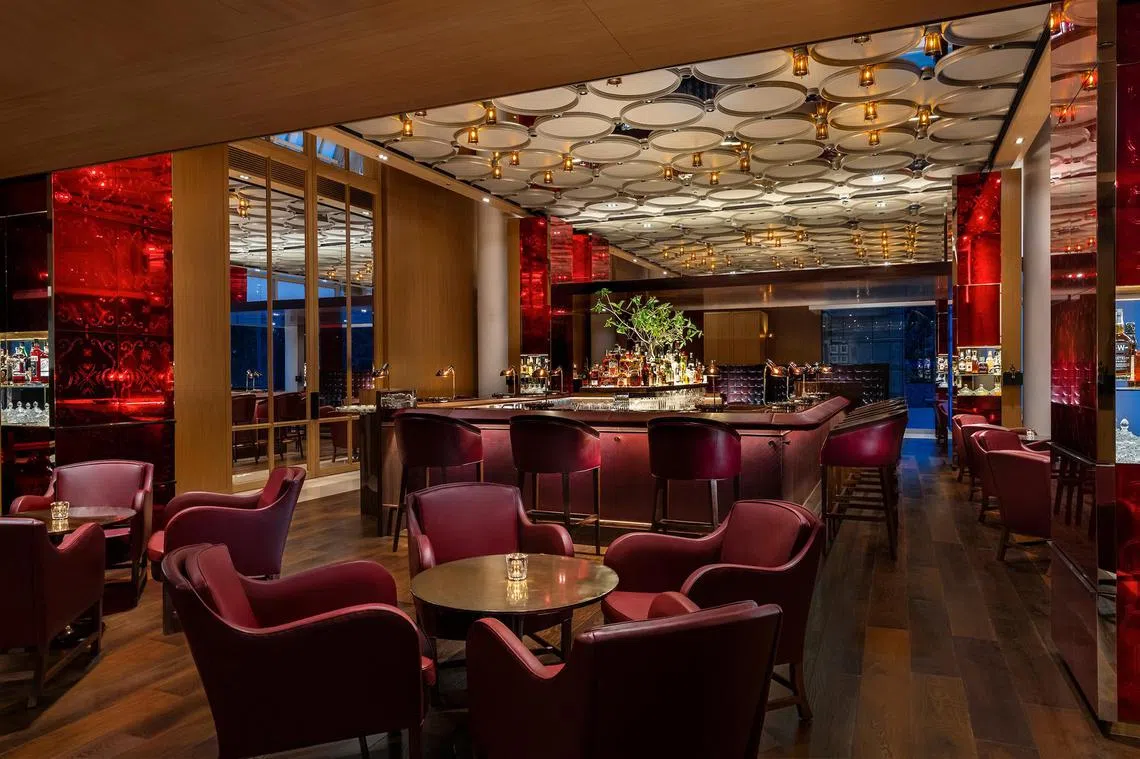
Born in Taiwan, Chi migrated to New York when he was nine. The family left Taiwan for a better quality of life. “Taiwan back then was a tiny little island and the US was fantastic as it provided greater opportunities.” says Chi, who attended the High School of Art and Design and later studied interior design at the Fashion Institute of Technology.
Interior design’s intimate scale
The subject appealed to Chi because of its scale.
“Interior design is on a smaller scale than architecture. And architecture is smaller than urban design. So you are looking at life from big to medium, then to small,” he says. “I like living on a one-to-one scale and being able to resonate with everyone else.”
He adds: “Interior design is not necessarily about how a space should look, but rather how it makes you feel. Making something look good is a no-brainer.”
SEE ALSO
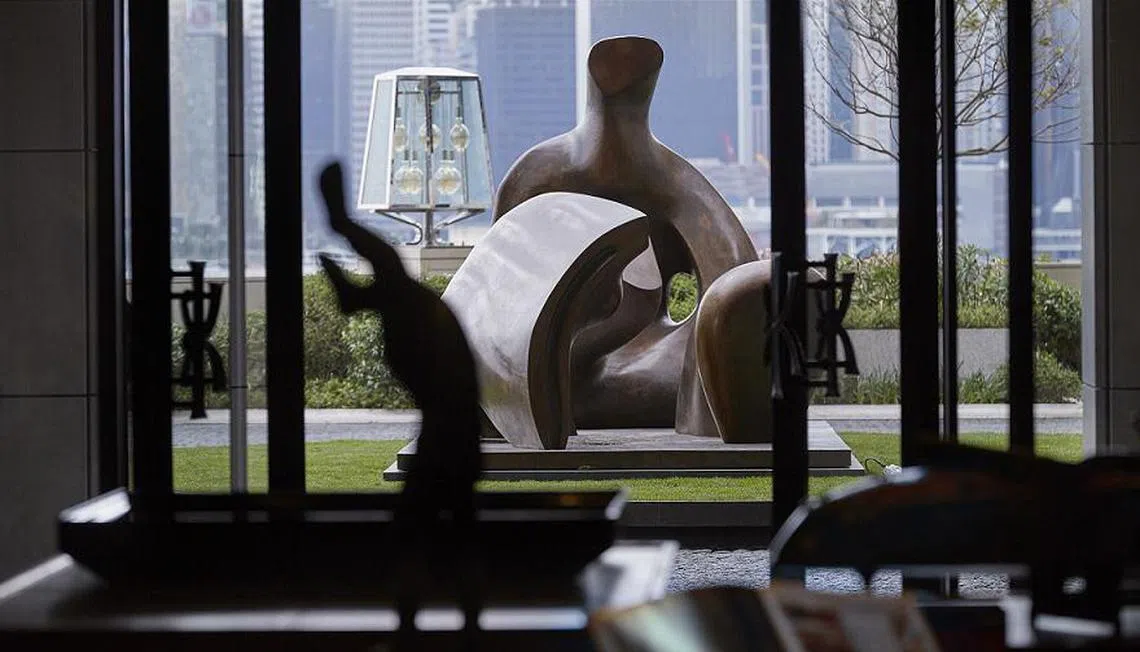
You would think Chi is kidding, because if making a place look good is as easy as he claims, then everyone and anyone can be an interior designer.
Chi and his wife, Tammy Chou, founded the studio in 1984. He has no partners in the firm nor did he plan to pass the baton to his daughter. But like a proud father, he is pleased that Alison has been instrumental in connecting the different generations of staff and is taking the studio to the next stage. The Chis also have a son, who is not in the design business.
“You don’t need an education in interior design to do the job,” he says. “Alison didn’t study the subject, but she does amazing things with design. What matters more is how a person curates his or her living essentials, and these vary between people.”
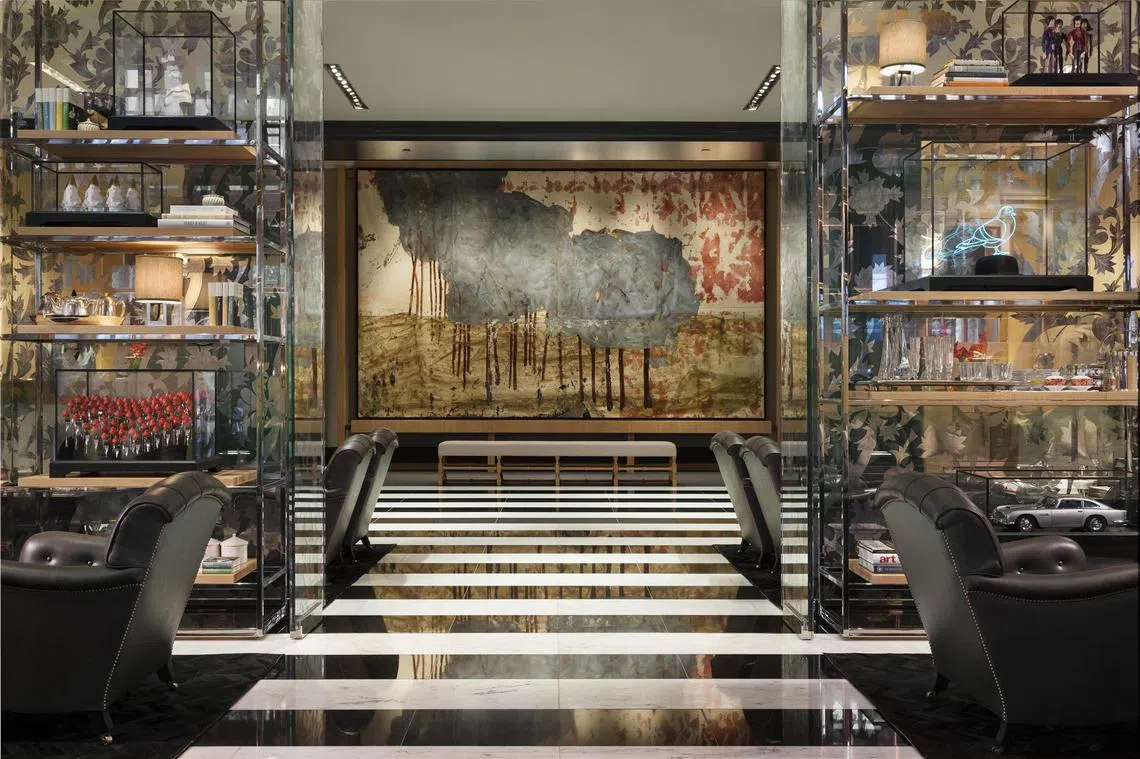
Living essentials start with one’s home etiquette. Namely, “How you behave at home, how your home treats you and how you treat your home,” he says. Then comes thinking about what tangible items can integrate well with the intangible behaviour. “You bring these two things together and formulate your hospitality, and that’s interior design.”
Then there is also taste, which Chi says is something that is acquired over time. “The home is the best place to showcase your taste,” he says.
Chi is renowned for designing luxury hotels for brands such as Rosewood, Mandarin Oriental, and Park Hyatt. In Singapore, he designed the public areas at The Ritz-Carlton, Millenia Singapore as well as Summer Pavilion and Colony restaurants.
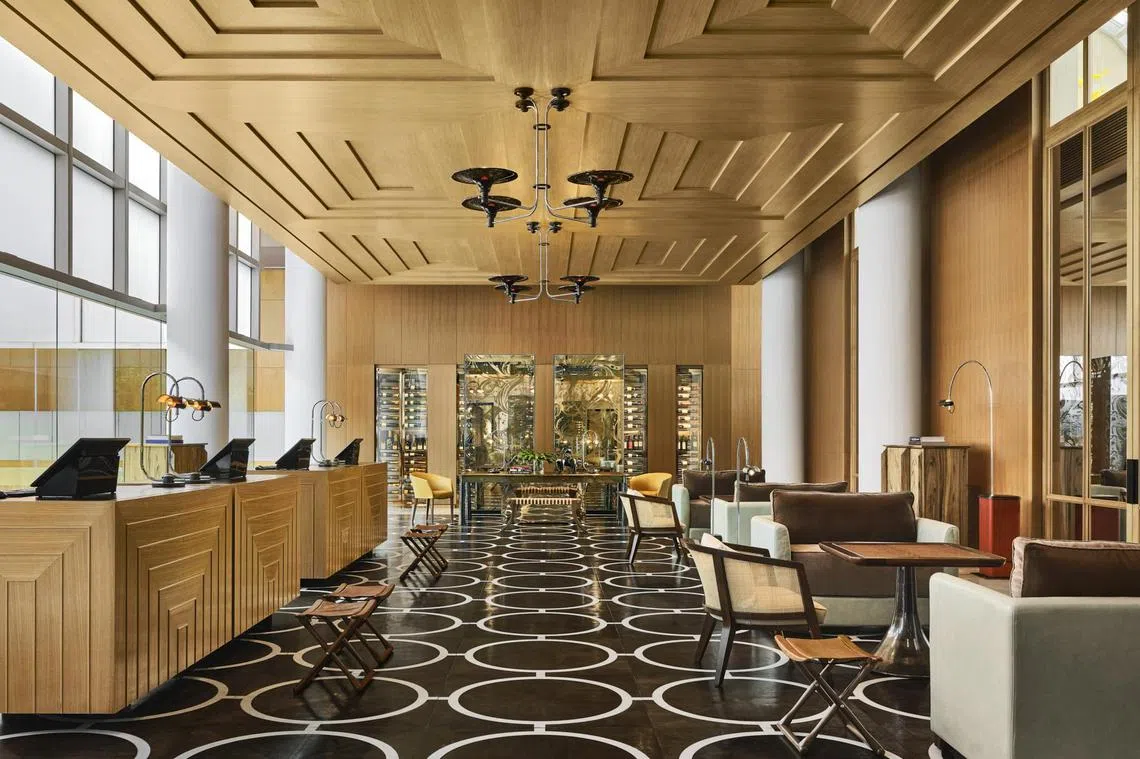
When the hotel was not accepting guests during 2020 and 2021, its owner, the Kwee family took the opportunity to revamp part of the property. Chi’s studio designed the new East Wing, which includes the Library Reception and Republic bar, to feel like that of a private residential home.
In 2022, the Interior Design Confederation Singapore (IDCS) conferred on Chi its Lifetime Achievement Award.
Cameron Woo, IDCS president says: “I cannot think of any other practising interior design peer that comes close to creating memorable and vivid celebratory dining experiences than Tony throughout the decades. Moreover, I see Tony as a raconteur of interior design experiences in hospitality, where he eloquently interweaves his insights of human behaviour and social history through his ‘invisible design’, where his design genius is felt and perceived instead of just seen.”
Design to create equilibrium
Chi uses the analogy of writing a novel to explain ‘invisible design’. “When you write a novel, you want your readers to be able to read it, and not impress them with big words that require a dictionary. Invisible design is similar to that. It is allowing design to be quiet, to be subtle, to be in the background and to create equilibrium.”
He adds: “Some designs are very noticeable, but how long can you sustain that wow factor?”
Chi says being trendy isn’t necessarily a bad thing. “But I like to design something that will sustain through everyday life and make the design more unnoticeable, yet I’m still injecting curated taste into it.”
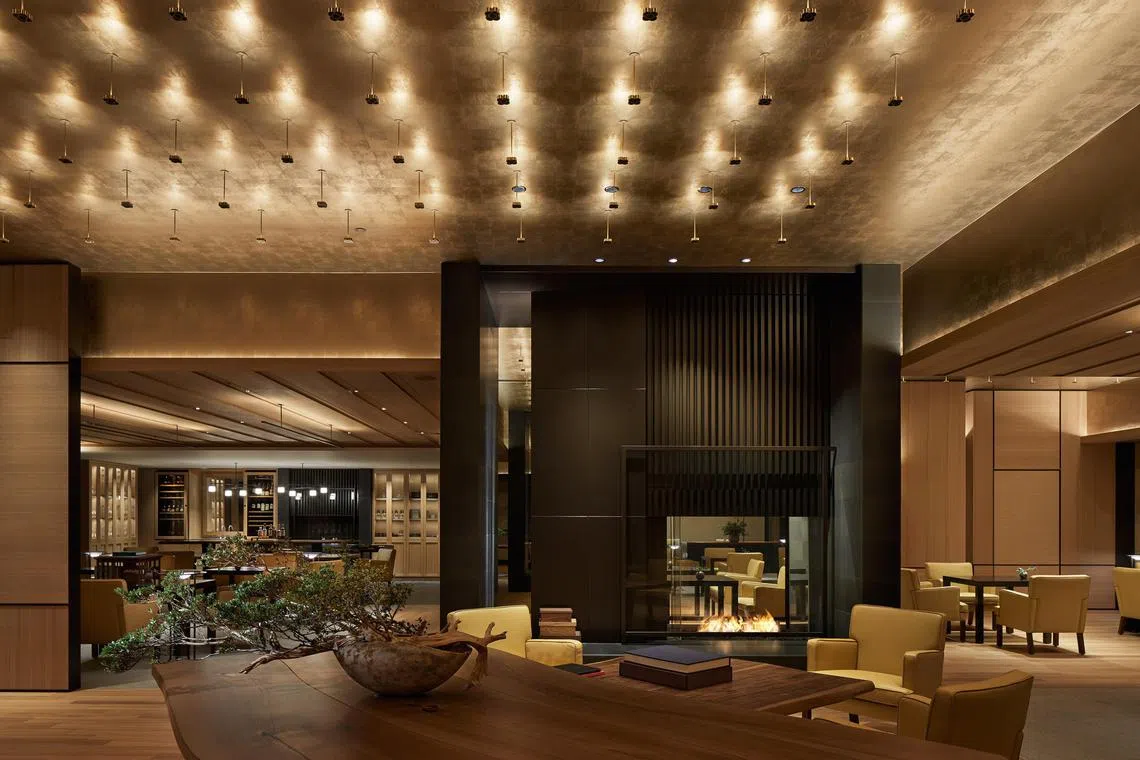
Chi has never and will not include Asian elements into his design as a way of reflecting his heritage. “We are not making a movie. This is not a stage design, where you put in some Chinese props,” says Chi. “Some might add in some red or a dragon element, but that is so forced.”
What’s Asian, in his opinion, is allowing “inner beauty to come through”.
With age, he is becoming more interested in getting in touch with his Asian roots, even though he doesn’t see himself as more Asian or Western. “My Asian side had been dormant before,” he says, so he is now studying Chinese history.
Towards lifelong learning
Although the studio is well-known for its luxury hospitality projects, it is moving towards creating private residences.
“I’ve done 40 years of hotel work. I love it and have no regrets at all,” says Chi. “But it is time to move on to private residences, because I want to learn, I want to continue to get better, but I can’t do that when I’m still in the commercial world.”
He elaborates that hotel design has to appeal to a wider audience, and the focus is more on the end result rather than the process. “Greatness often comes through in the process, which provides the learning curve. This is what I enjoy,” says Chi.
With his decades of experience and knowledge, “design and solving problems has become much easier for me. What is becoming much harder is managing. It is not necessarily just about managing people, but managing a project, circumstances and politics.”
Chi made up his mind to walk away from commercial work when managing became a full-time job.
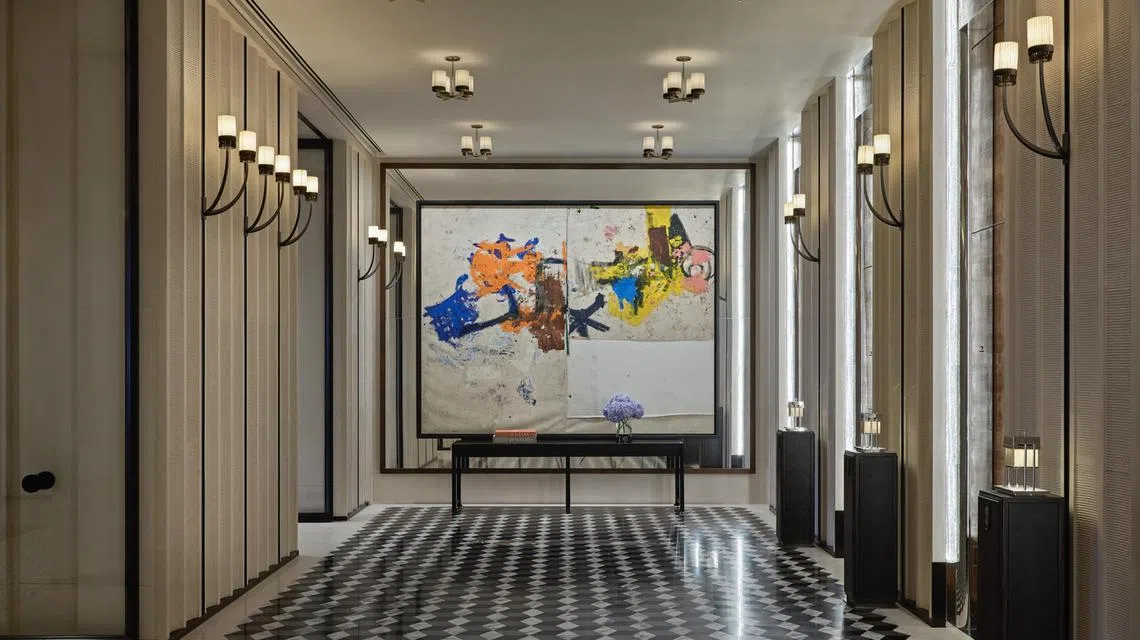
He isn’t about to build homes for anyone, but only for clients who view their property as a treasure to pass on to the next generation.
“Working with such clients lets me learn more about their family tradition, and their past, their wealth, not just financially, but also intellectually,” he says.
Such houses take at least 10 years to build. “I’m 65 years old, how many more decades do you think I have. The reality is not many,” he says, hence the need to be selective. The long duration also means that he has a closer relationship with the client and can execute a design with more thoughtfulness.
For Chi, design will always come first, ahead of business. “If I turn design into a business, then I will be degrading design,” he says.
Chi does not think about how he would like to be remembered. “Does it even matter?” he asks.
Interior design comes and goes, like how the design of a hotel could change when a new general manager steps in.
“It is a very different world, being an interior designer. I’m not here to be remembered, but I am part of other people’s memories because I create a memory lane for them,” he says.
Decoding Asia newsletter: your guide to navigating Asia in a new global order. Sign up here to get Decoding Asia newsletter. Delivered to your inbox. Free.
Copyright SPH Media. All rights reserved.

